Search result

Rumors and reports have only begun to surface that Samsung could be unveiling the technology behind their first foldable smartphone next week, but a much smaller firm has beaten Samsung to it by revealing what is being touted as the "first foldable phone" by them. In all honesty, it looks like a foldable prototype than a marketable device!
The FlexiPai by Rouyu Technology is rumored to be released very soon but if it is going to sport a Qualcomm Snapdragon 855/8150 SoC like Ice Universe tweeted, then that's not going to happen. Also, we kind of hope that Rouyu Technology waits a little longer before actually releasing the device because as of now, it really looks unfinished! Nevertheless, this is definitely a rough look into the future that's waiting for smartphone evolution in general. Check out the key specs below.
· 7.8" truly flexible display with just 7.6mm thickness
· Qualcomm Snapdragon 855/8150 SoC
· 6GB RAM + 128GB storage/8GB RAM + 256GB storage/8GB RAM + 512GB storage
· 16MP wide-angle + 20MP telephoto pairing
· Starting price will exceed $1,290 and will go up as high as $1,860+
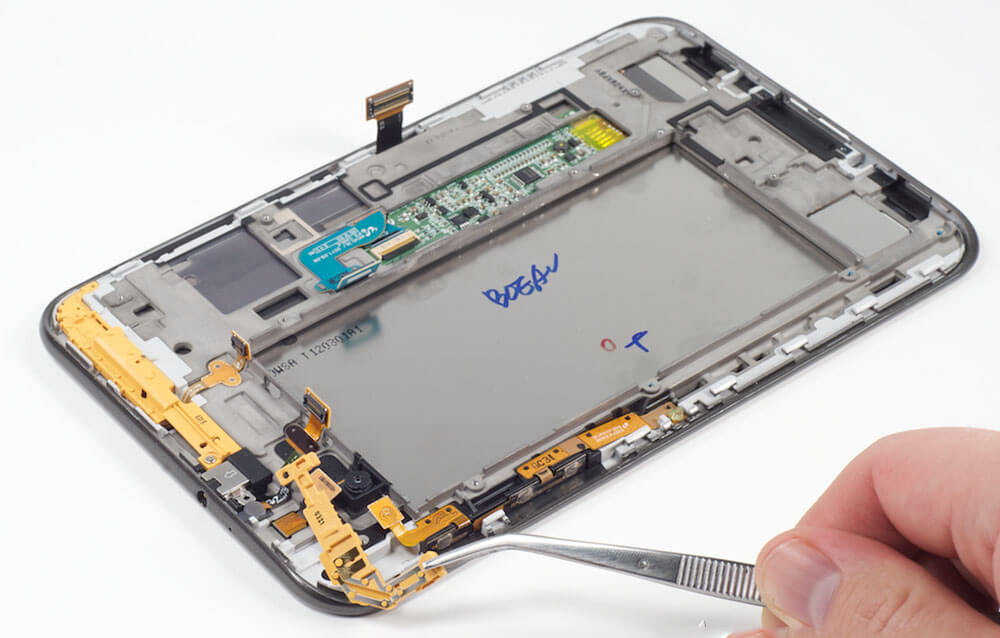
Lately, Samsung switched to premium metal frames for its device's body design. The upcoming Galaxy S6 will allegedly join the trend with a metal frame body which will solve the problems that faced Samsung before on the market for using less than premium materials unworthy of upmarket flagship devices. However, Solving one problem typically creates others in the process, and antenna interference is one result of the metal used on the Galaxy S6's body.
A report in Korean media states that Samsung is resorting to the New FPCB antenna technology in the Galaxy S6, aiming to battle the negative effects of the metal frame on signal reception.
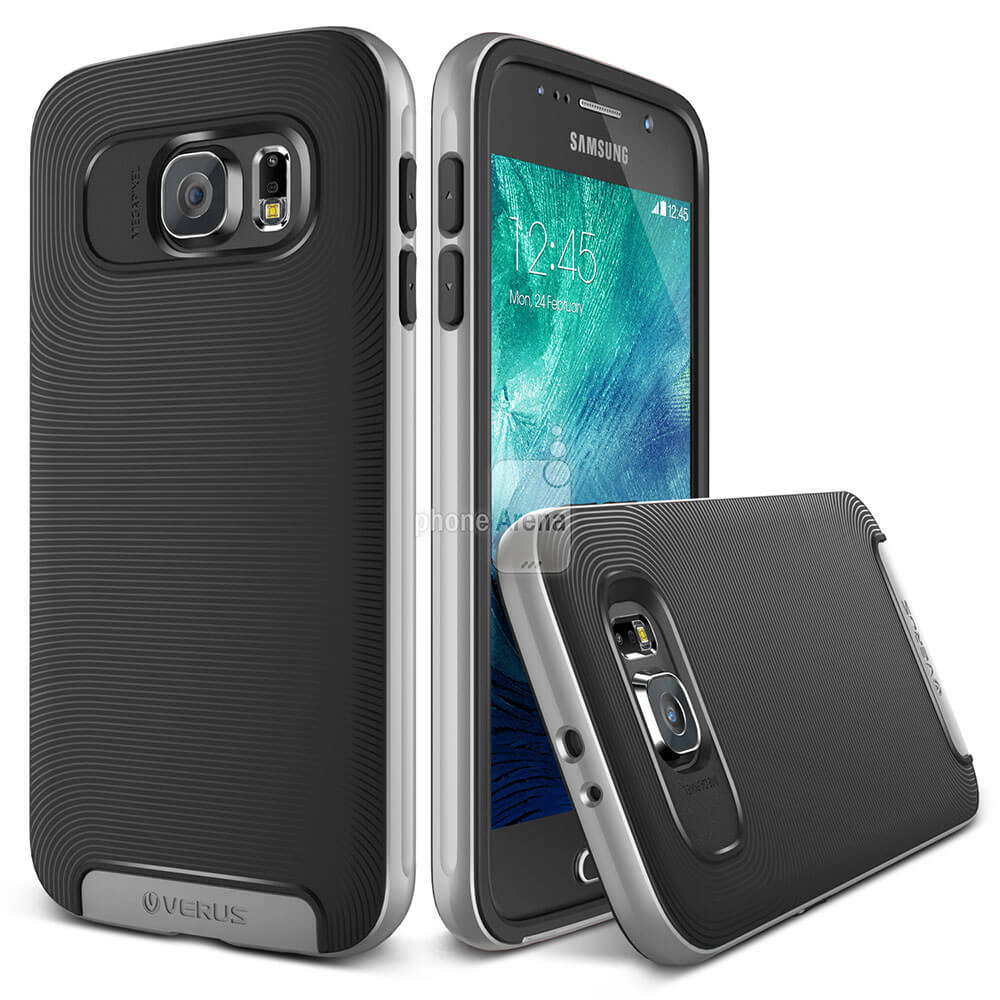
"FPCB" stands for Flexible Printed Circuit Board where thin strips of conductor (copper) are laminated in between two layers of PET polymer. They find wide application in the electronics industry when space constraints limit the use of rigid circuit boards.
The predominantly used type of antennas in recent years are manufactured using the LDS technology, or Laser Direct Structuring. It allows for a precise 3D shape to be modeled, thus fitting in whatever space the engineers find unoccupied in the device. This actually makes it superior to FPCB, the flexibility of which is limited.
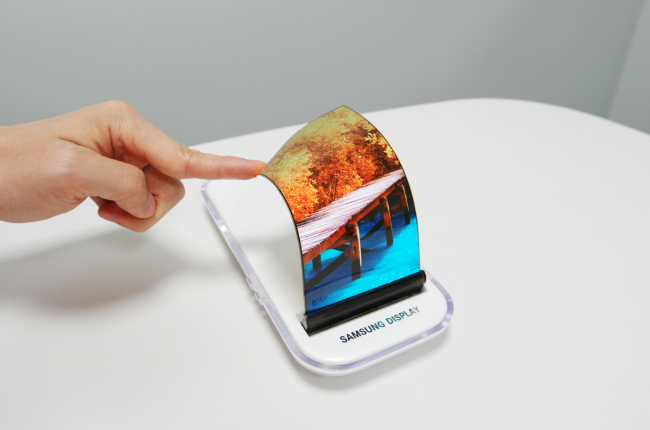
It is no secret that a lot depends on the Galaxy S8 and its success for Samsung as they continue to struggle against the huge losses suffered recently. In fact, we are pretty sure that Samsung is going to leave no stone unturned in order to make the upcoming smartphone as close to perfection as it can be. In spite of Samsung officially trying to keep a lid on things, rumors have been getting out about the S8 ever since day one and the latest rumor suggests that the Korean giant could be opting for a flexible OLED panel this time around.
The alleged Full-Screen flexible OLED panel with a resolution of 4K will bend around the eyes to make VR experience as immersive as it possibly can be. Keep in mind that Samsung had been using AMOLED displays for its flagship and high-end devices for a long time now and since AMOLED panels too are a type of OLED panel, we are not entirely sure what the difference would be in terms of real life performance in that respect.
What really sounds interesting is that according to Park Won-sang, an engineer of Samsung Display, Samsung may remove most sensors and even the physical Home button completely from the front side of the S8. In his own words, "Samsung Display would roll out a full-screen display whose display area ratio (a scale that measures space taken up by a display on the front part of a handset) reaches more than 90 percent next year."
The senior engineer further added that the screen-to body ratio might go up to as high as 99%, which is even higher than the only edge-to-edge phone we have seen till date, the Xiaomi Mi Mix. A Samsung flagship smartphone that will sport a 4K edge-to-edge flexible OLED panel! We would say Samsung has got our attention.
Saikat Kar (tech-enthusiast)
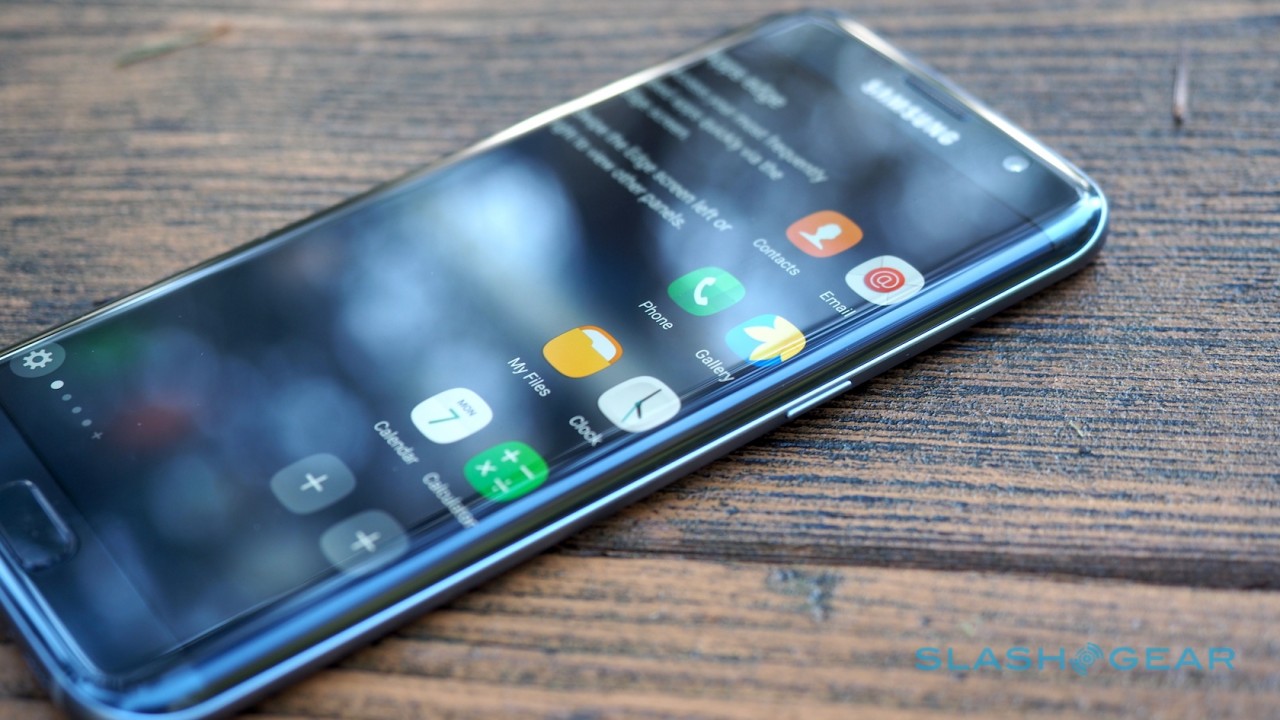
A new rumor is in the market and it suggests that the Korean OEM could be planning to release five flagship devices in 2017. This theoretical list consists of the Galaxy S8, Galaxy S8 Edge, Galaxy Note 7, Galaxy Note 7 Edge and the rumored Galaxy X. The design of the Galaxy X is based on what ETNews from Korea had reported last month about a tablet-smartphone hybrid being developed around Samsung's foldable display technology.
Also dubbed as Project Valley, this concept phone consists of a 7-inch 4K display panel that can be folded into a more pocketable 5-inch screen when required and vice versa. Although Samsung has not yet made any official remarks as to the authenticity of these claims, it was the Korean company which had originally given birth to these rumors by showing off the Youm foldable OLED display panel. Since it has now been more than five years since that day at the CES 2011, we would not be surprised if Samsung is truly on the verge of making a foldable smartphone by building on that piece of technology.
Many market analysts believe that the Galaxy X could be the pioneer for the perfect smartphone in terms of display. Portability has always been a problem with phablets while smartphones with small displays are just not adequate enough to fully enjoy video content on them. If something is introduced into the market that brings both the portability and the large screen aspect together in a single device, it could potentially end the halt in smartphone business that the industry is experiencing right now.
Author: Saikat Kar (Tech-journalist and enthusiast)
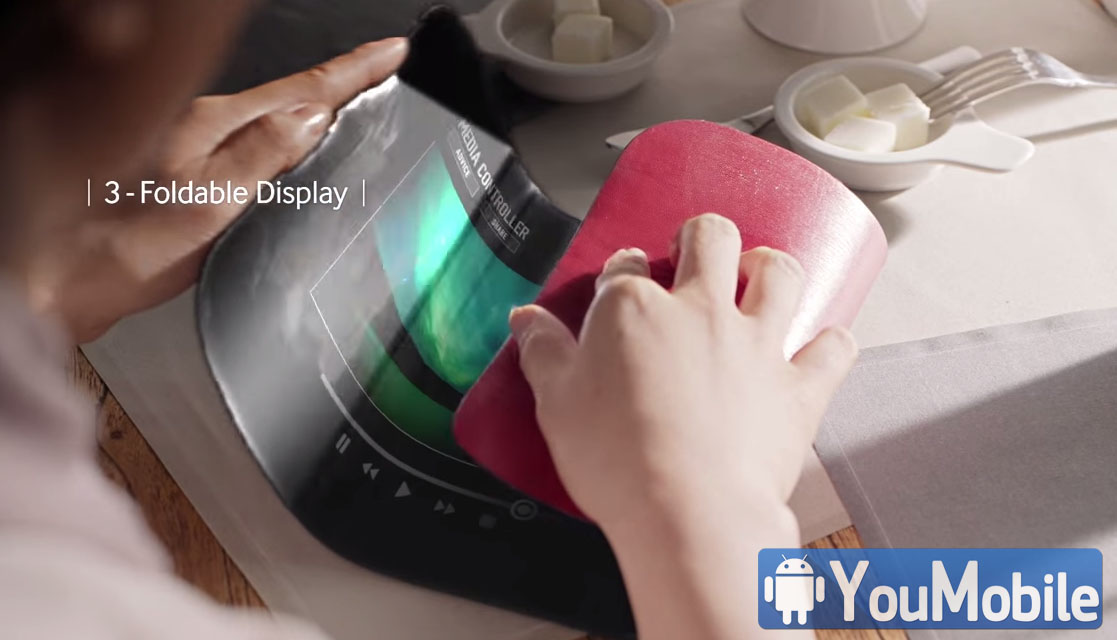
Design and technological innovation coupled with ease of use make handheld devices, mainly smartphones and tablets, attractive for consumers. This, in turn, inspires manufacturers to explore newer avenues that help pack devices with innovative design and features. However, oftentimes closing the gap between imagination and execution has not been easy.
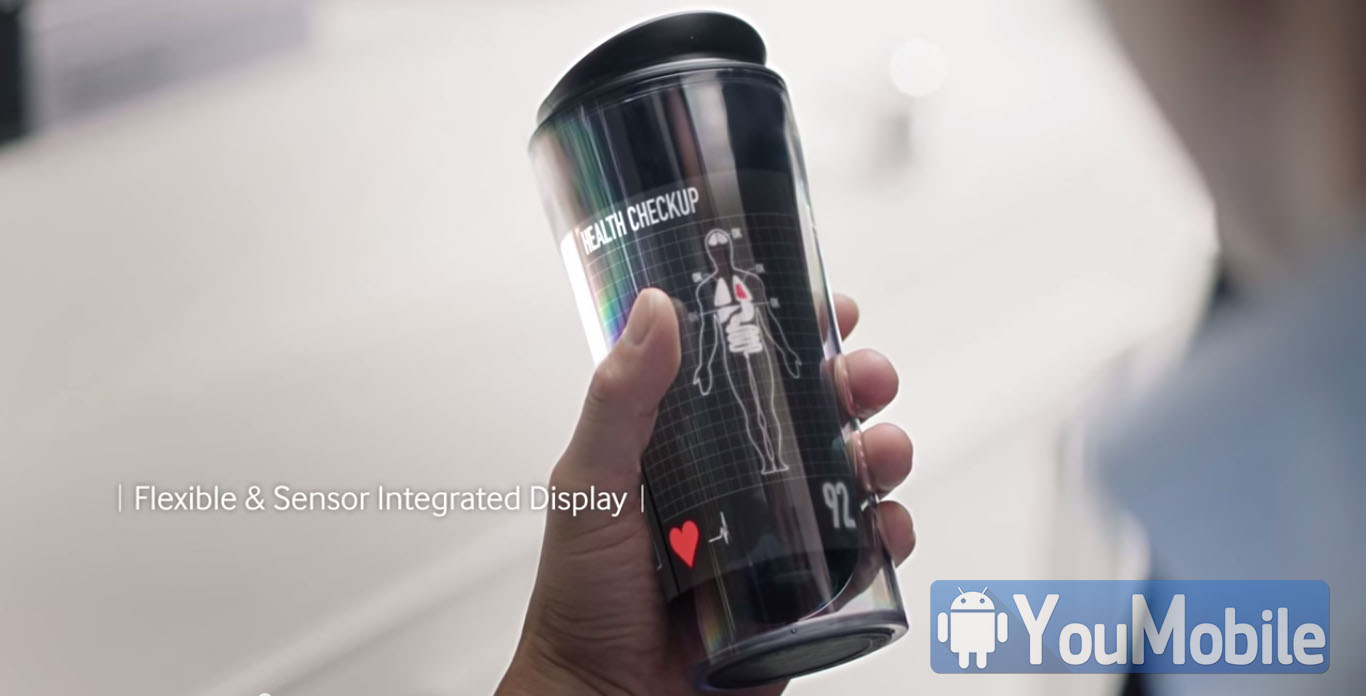
According to confirmed reports from Korean website Daum, Samsung will unveil a Flexible and Foldable Tablet by the End of 2015. Although this report contradicts Samsung's revelation in an analyst conference in 2013 about foldable devices to be available by 2016-17, industry watchers now foresee the said devices to hit the market by 2015.
This Foldable tablet is expected to be a Limited Edition with a higher price than Samsung's upcoming 2015 line-up. There is no word on the expected price or release date for it yet. Meanwhile watch the Samsung concept Video Below showing you how this Tablet will look like...
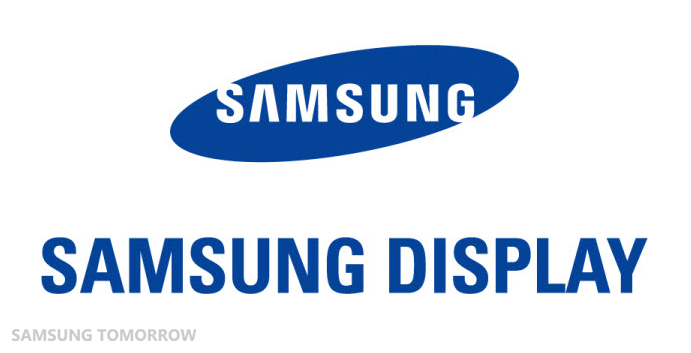
For those of you who don't know it already, Samsung Display is a division of Samsung Electronics that supplies panels to multiple manufacturers all over the world. Their clientele includes Apple, Huawei, Oppo, Vivo and of course, Samsung's own internal departments. Apparently, Samsung Display's recent flexible OLED sales to the aforementioned Chinese OEMs have reached brand new heights as this sub-division of the South Korean giant is boasting of a sales figure that amounts to a sum of over 1 billion USD in Q3, 2016. The fact that ONLY Samsung Display makes the 6th-gen A3 flexible OLED panels is largely responsible for the impressive sales number.
In a report by IHS Market, both the small and mid-sized display business is dominated by Samsung Display with an astounding market share of 96.2% in Q3, 2016. In the entire display business, Samsung maintains the lead with a share of 31.8%, while Japan Display Inc. (JDI) comes in as a distant second and a market share of 15.4%. LG is at the third position with a respectable 13.1% share of the business.
Saikat Kar (tech-enthusiast)
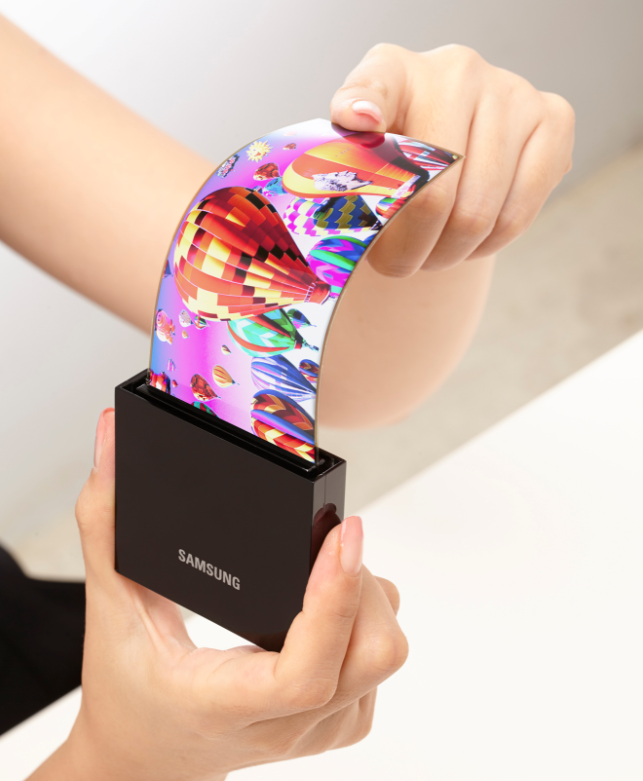
The SID or Society for Information Display Award is one of the most prestigious awards in the industry and thanks to their brand new quad-edge flexible OLED display technology, Samsung got it this year. Samsung had earlier won the Display of the Year Award from the SID back in 2013 and 2015 for its Super AMOLED display technology. The award was given to the South Korean company because of their technological prowess and the feature set which they displayed with the quad-edge flexible OLED display.
Although LG still maintains that curved displays are fragile and uncomfortable to hold, the SID award was given largely to Samsung because of the fact that the award winning curved displays are easier and more comfortable to hold than flat panels. Given the popularity and the apparent opinions of the experts, I think LG might need to rethink their decision to avoid curved displays. In other news, some rumors are predicting that the Google Pixel 2 could feature a curved display as well and we all know about the iPhone 8 OLED and its rumoured futuristic design.
Saikat Kar (tech-enthusiast)
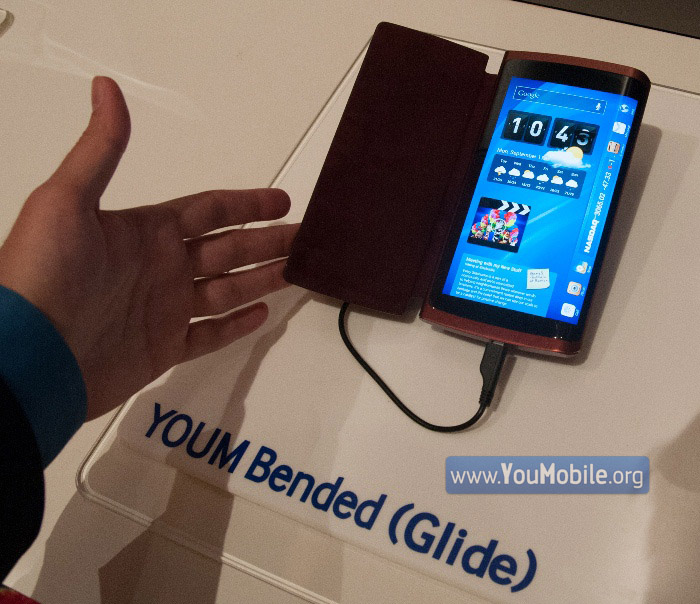
Patent drawing for a Samsung device with a 3-sided flexible display go as far back as April but now a parts supplier for Samsung reports that the unique screen has entered production.
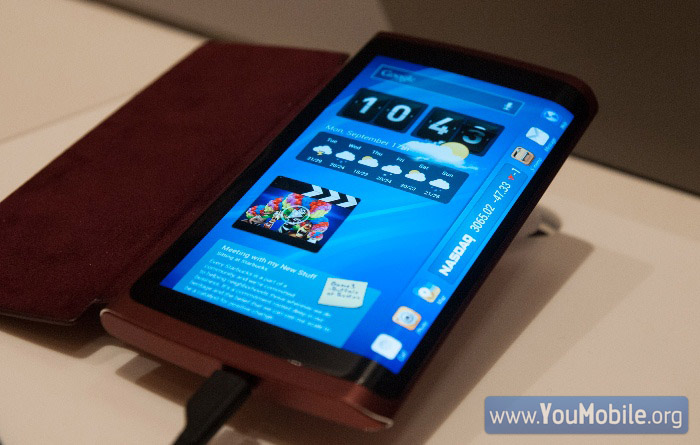
This sounds like a good time to start making these if they'll end up on the Galaxy Note 4, which is to be unveiled in a month. However, the screen is reportedly built on a plastic substrate that's difficult to work with and only limited numbers will be available at first.
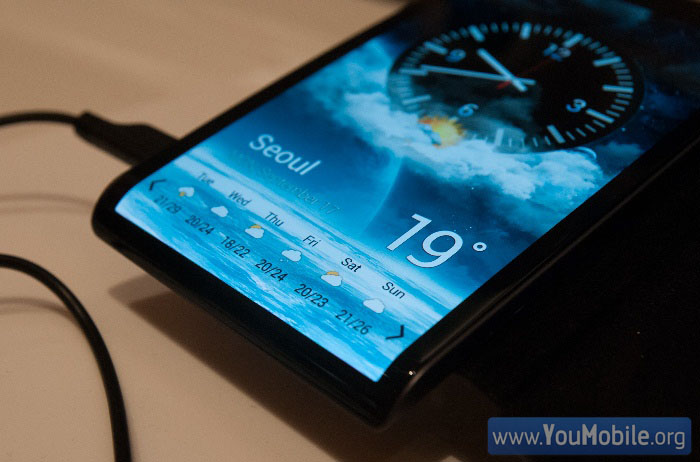
And the new Galaxy Note will be anything but a low-volume device. There were rumors that the Note 4 will be available in two versions one with a conventional flat screen and one with either a curved screen or a three-sided screen.
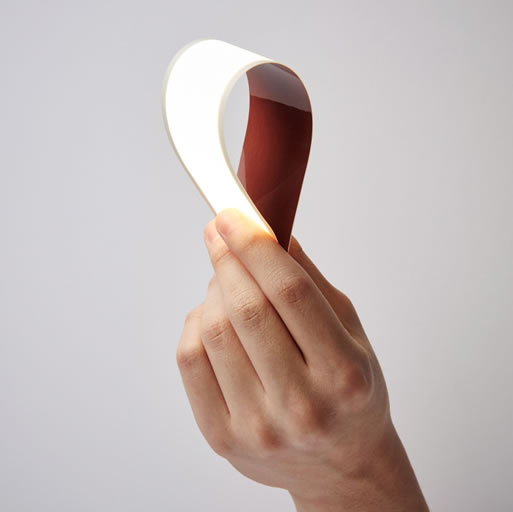
LG is pushing the boundaries of flexible OLED Displays technology due to the market's ever-increasing push towards curved display technology. Naturally smartphones are among the first adopters and LG is at the forefront of innovation when it comes to curved technology. After the LG G Flex 2 was unveiled at CES 2015 in became abundantly clear that the Korean manufacturer intends to further develop bendable display technology and is investing in its future.
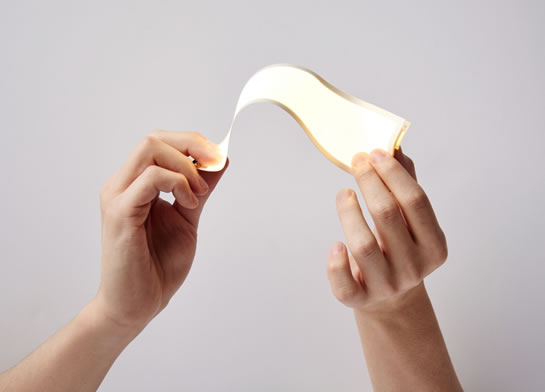
And while the P-OLED panel in the G Flex 2 is mighty impressive, LG will not be stopping there and a new reports hint toward ongoing development of a truly flexible screen and even early units already available. This is achieved by a whole new plastic OLED technology that LG claims is better than current curved screens in every possible way.
The way LG Chem plans to revolutionize bending displays is through a new manufacturing technology. The current generation bendable OLED panels, like the one inside the G Flex 2 feature a thin glass substrate. This allows for a certain level of flexibility, but limits the bending angle to 75mm. Next generation displays will be created using plastic for a more than double decrease in the bending radios, set at about 30mm. What this means in plain terms is that the new panel can be bent in a lot points, which can be as little as 30mm apart.

The highly-bendable P-OLED units have 75lm brightness, 60lm/W efficiency, 3,000k color temperature and CRI over 85, which is adequate by today's standards. LG has announced that panels are already available for testing and engineering purposes and can be purchased for $450. Mass production is set for July 2015, which is not that far away.
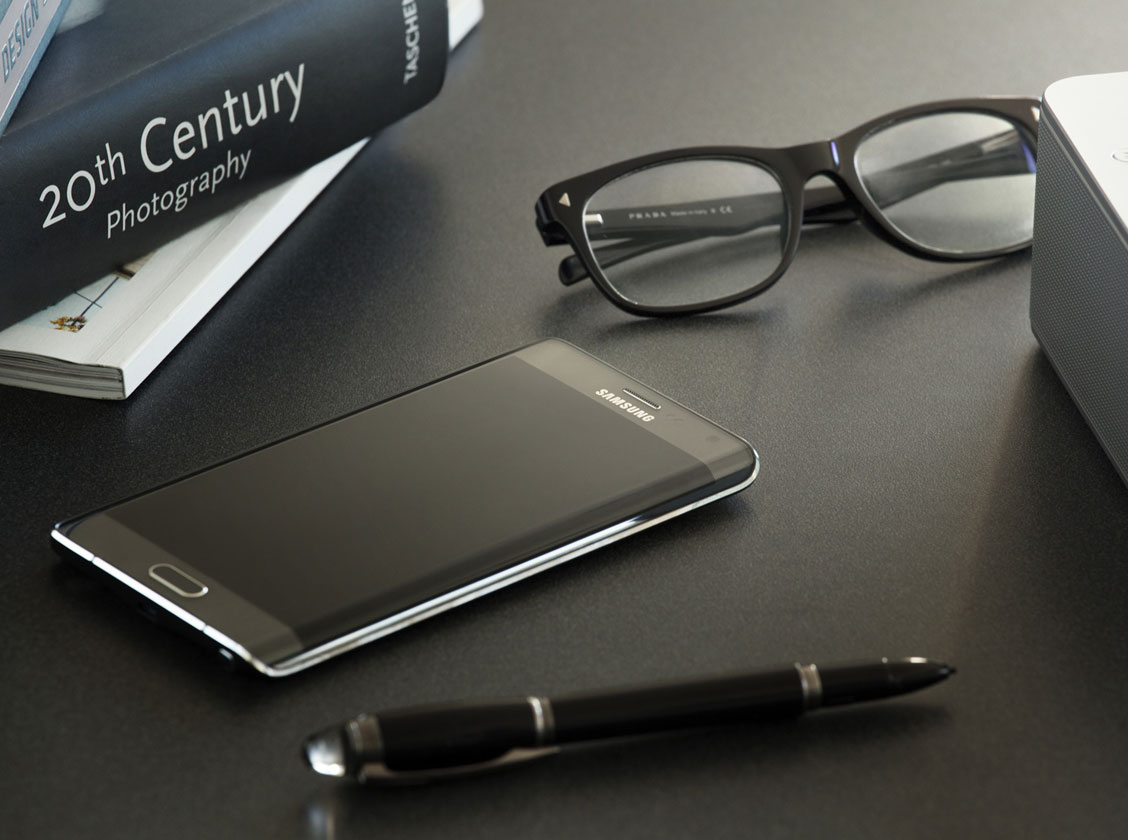
For the first time ever, Samsung releases two Notes at the same event, and for the first time EVER Samsung releases an Official smartphone product with a Flexible AMOLED Display, Introducing the Samsung Galaxy Note 4 Edge. The name isn't random, the right edge of the screen folds to cover the side of the device and enable unique interactions, Samsung finally used its YOUM Flexible panels on a flagship device.
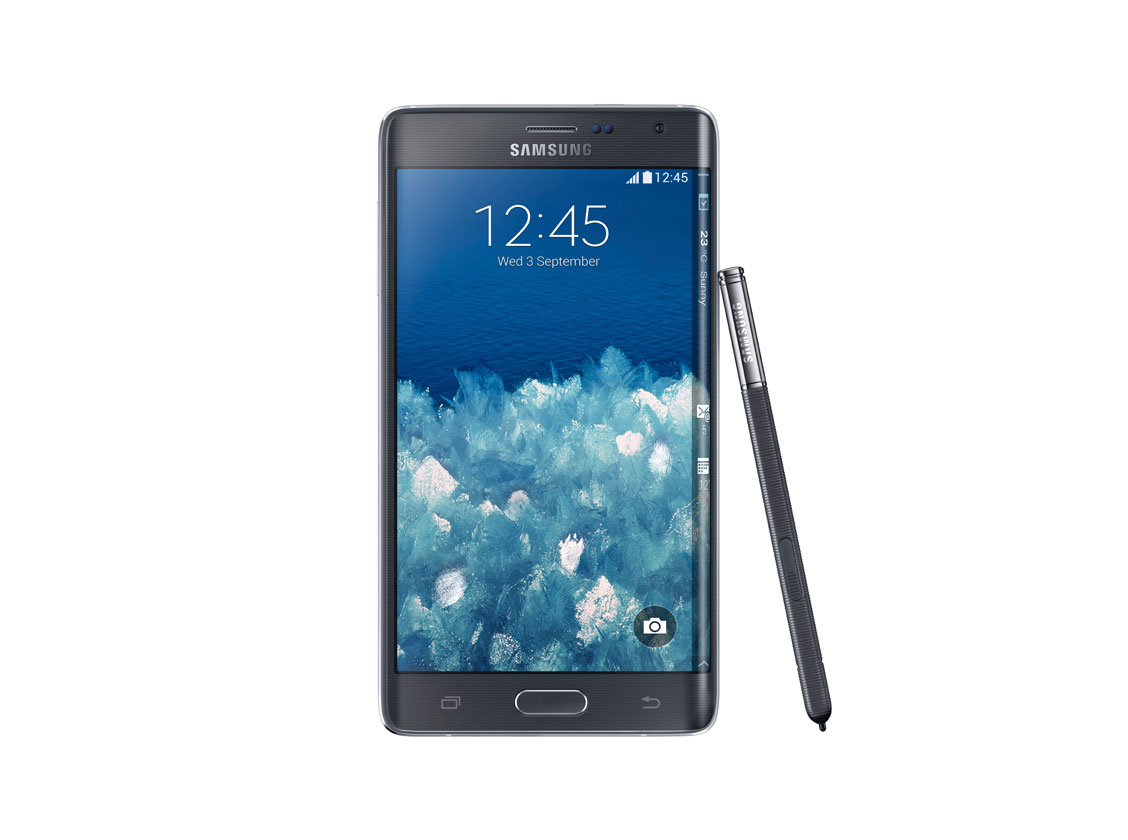
The Galaxy Note 4 Edge is based on the Galaxy Note 4 internally, but it's the screen that makes all the difference. The folded side adds an extra 160 pixels so the resolution grows to 1,600 x 2,560 (the highest Res. on a Smartphone device ever) but it also makes the Galaxy Note Edge a bit wider than its straight-screened sibling. Samsung has added enough smarts to the curved side that accidental touches to it are not a problem.
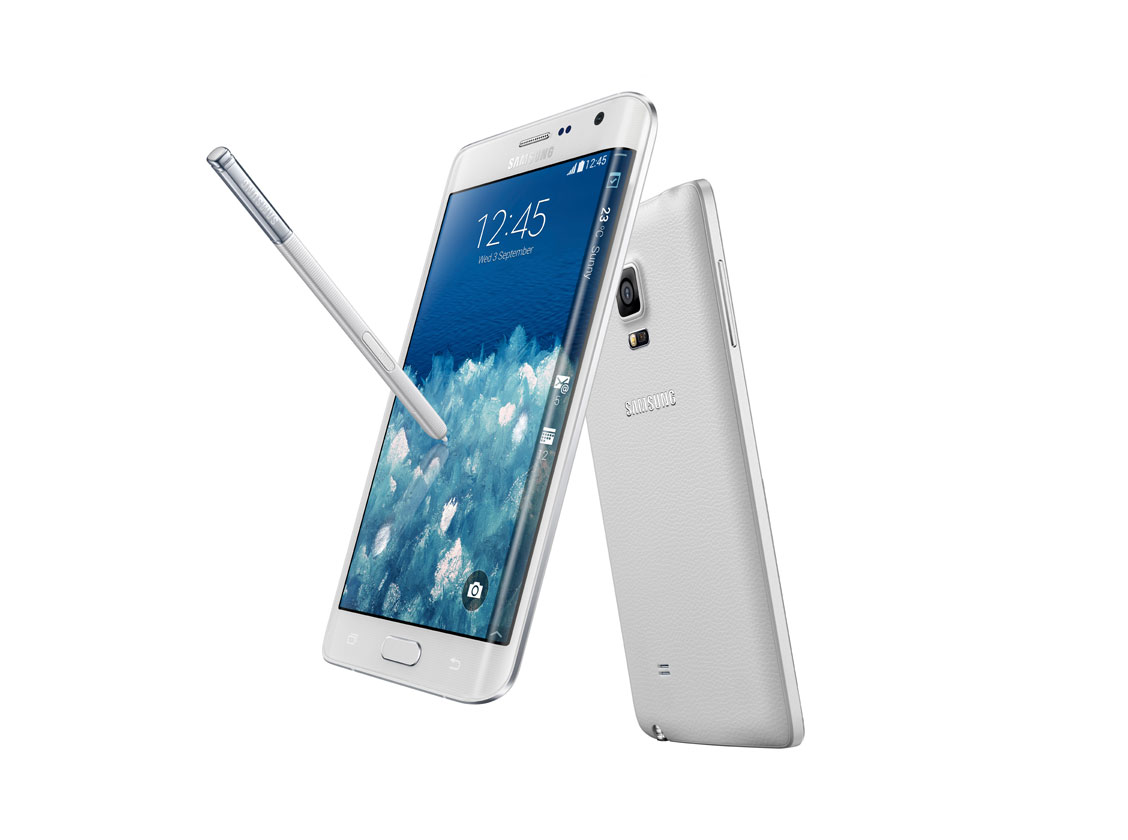
With the phone locked, the curved side can display the Quick Glance info (time and notifications). When you wake the screen, the side displays notifications for various features, including timer and flashlight shortcuts and even a ruler (which works surprisingly well on the curved side).
With the phone finally unlocked, the number of options grows threefold. You can keep shortcuts on the side for easy access or use the curved side for at-a-glance info. Or you can use it to enhance multitasking by switching between several screens (e.g. virtual desktops). Event switching between the pages of the homescreen or the app drawer is also handled by the curved side.
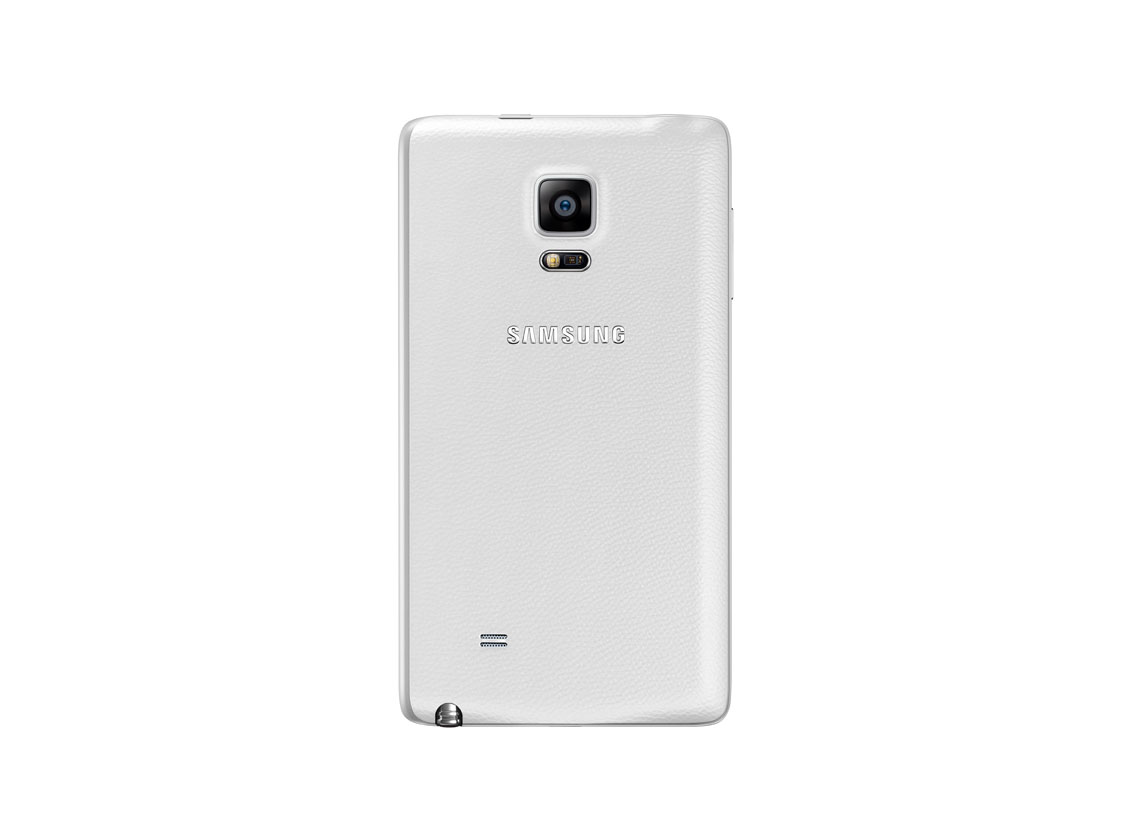
Individual apps can put the curved side to use too, usually to keep the main screen free from clutter. Both the camera and the video player put their controls on the side so the screen is left to the viewfinder/video. Samsung will release an API to enable third-party devs to utilize the potential of the curved side as well.
As you can imagine, the Samsung Galaxy 4 Note Edge experience revolves mostly around the curved side of the screen. Beyond that it's a Galaxy Note 4 with Snapdragon 805 or Exynos 5433 chipset, Android 4.4, 16MP OIS camera and S Pen stylus. The Note Edge has a slightly smaller battery (3,000mAh vs. 3,220mAh) and the USB port moves back to version 2.0.
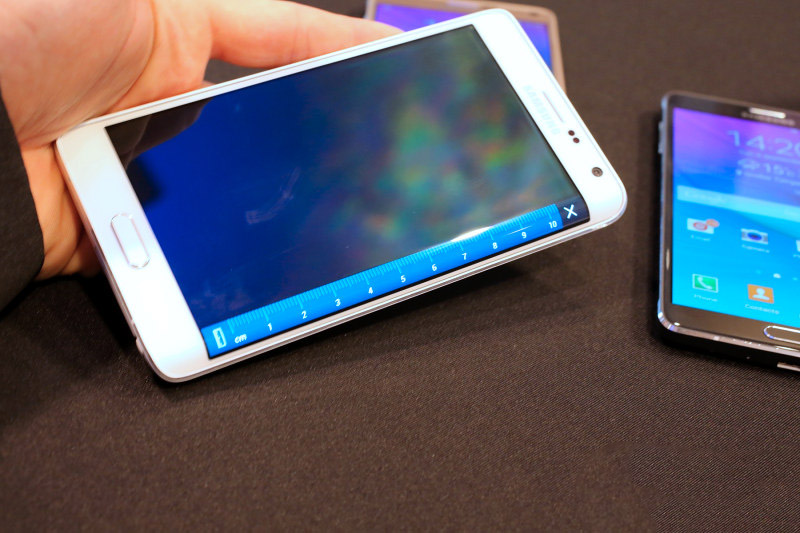
Samsung Galaxy Note 4 Edge Specs
© 2023 YouMobile Inc. All rights reserved






